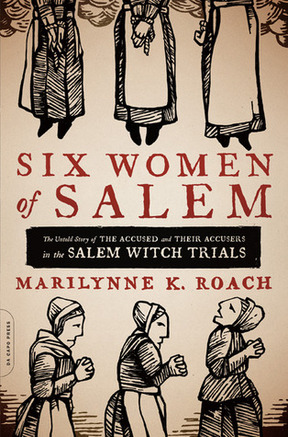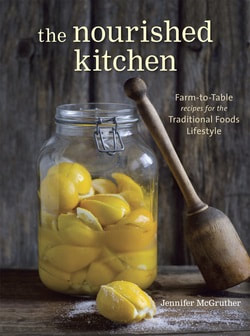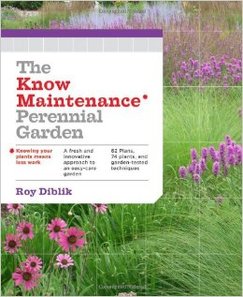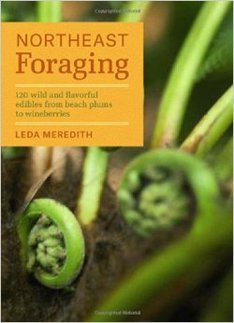
"Fear is damn powerful and you don't want to get carried away with assumptions." Marilynne K. Roach
As I began to read this book, the premiere of "Salem" on WGN American was on. Marilynne K. Roach spoke on the preview for the show and I got hooked!
It definitely made reading this book a lot more fun, I love knowing the facts along with the fiction. Six Women of Salem is also written in a fun way. We follow the history of six of the women inundated with the trials, Tituba, Rebecca Nurse, Ann Putnam, Mary Warren, Bridget Bishop and Mary English.
I loved that there were bits of fiction mixed in with the historical facts in this book. Marilynne took the liberty to write the women's thoughts at certain points to intersect with the historical records. A lot of research was done for this book from the remaining records. This was insightful and intriguing, seeing quotes from the accused, accusers and judges. I knew some of the political troubles that might have spurred some accusations, but this book goes farther into personal squabbles, religious issues, war, women's rights, racial issues and possible physiological issues that might have spurred the hysteria. I was really interested in the story of Tituba; the historical records are quite different than most fictional accounts. Overall, a great historical record of the Salem Witch Trials for anyone who would like to dig deeper into the subject.



 RSS Feed
RSS Feed
